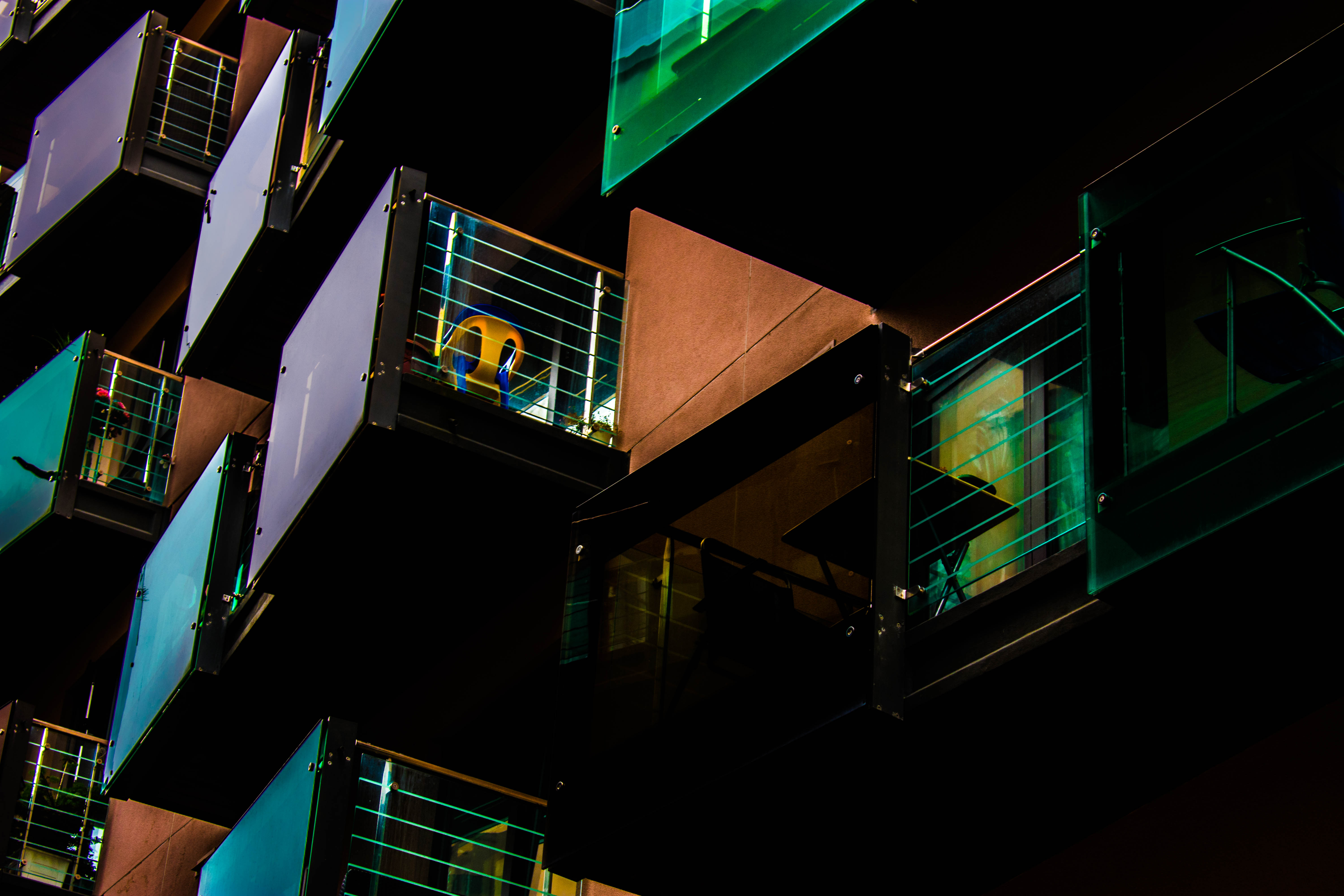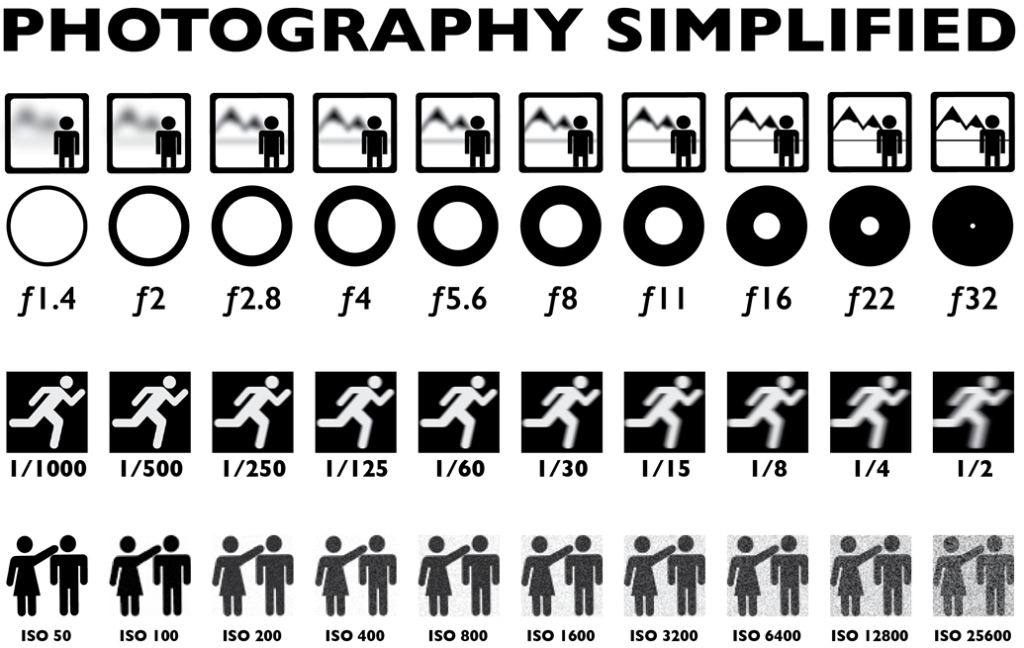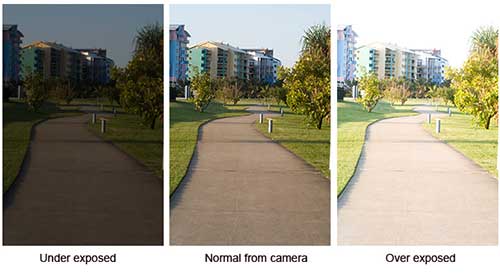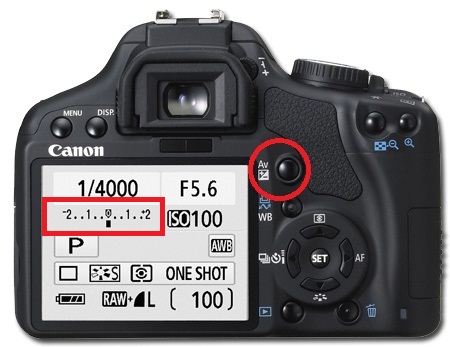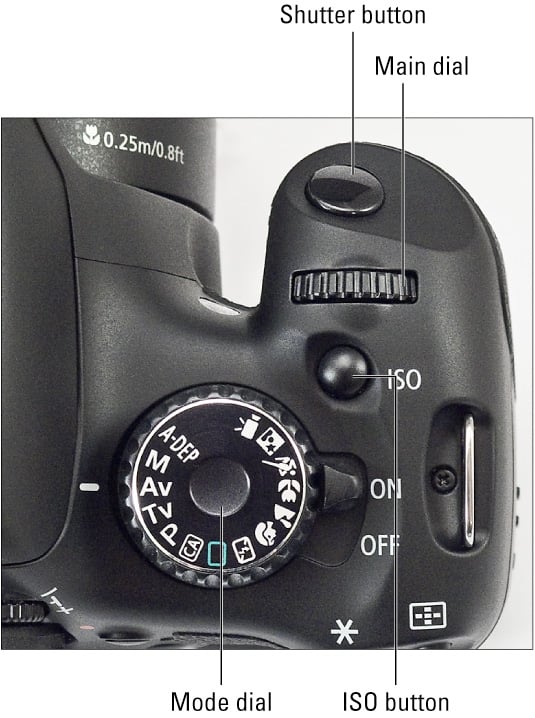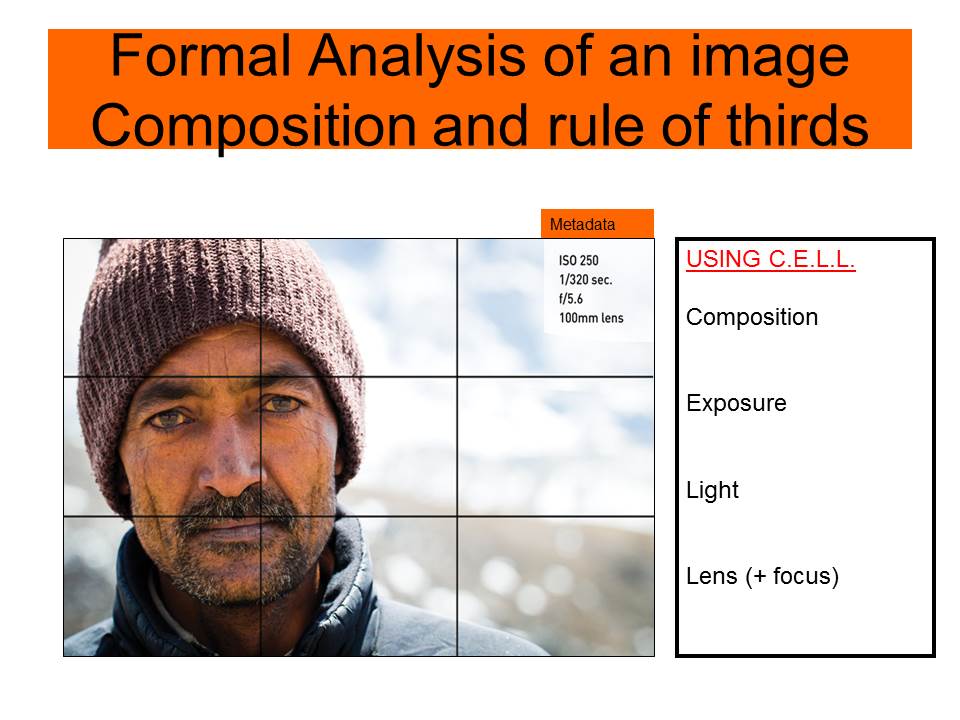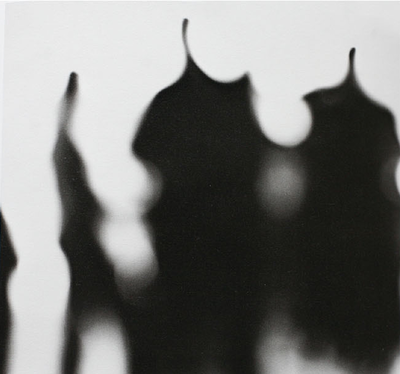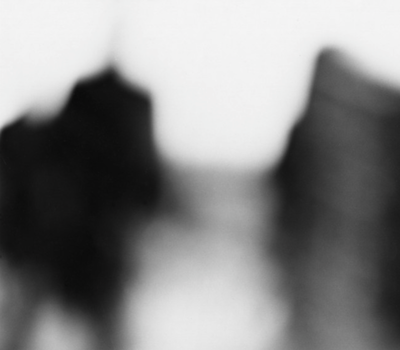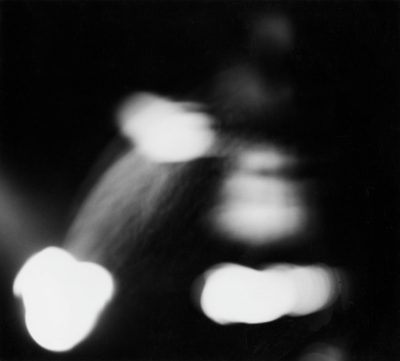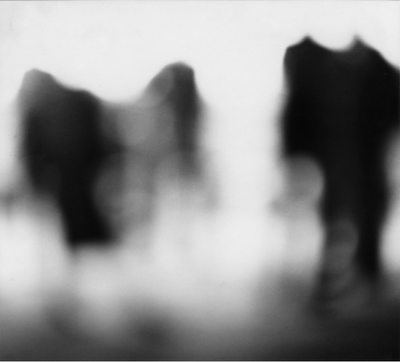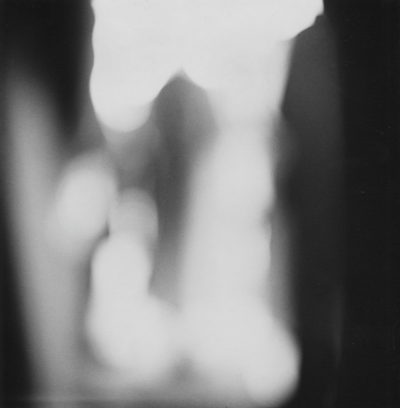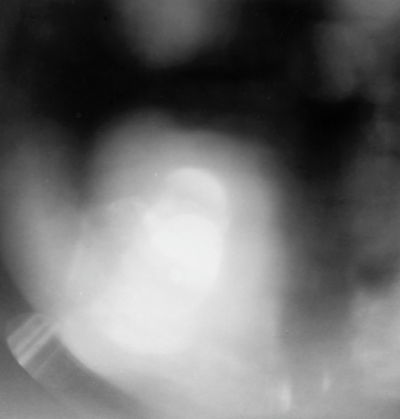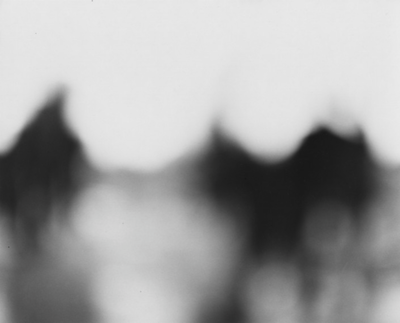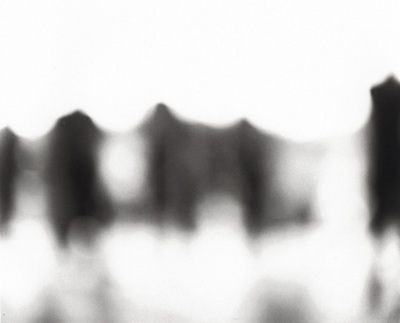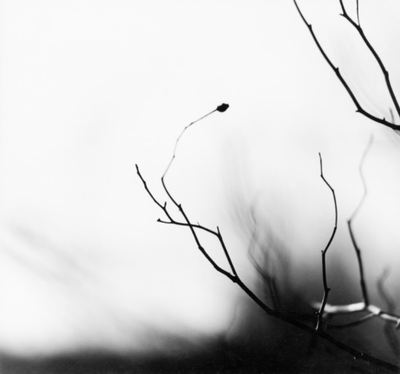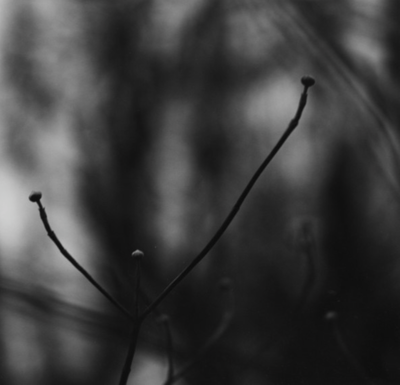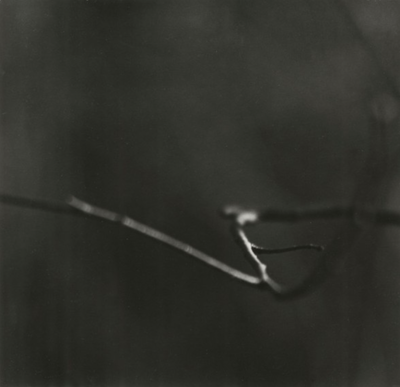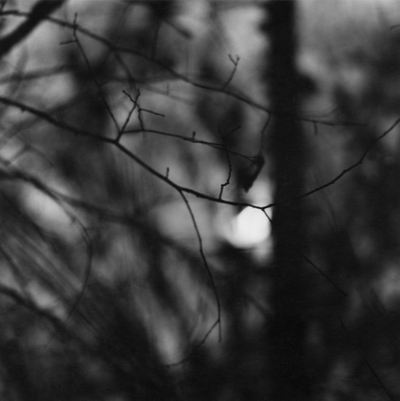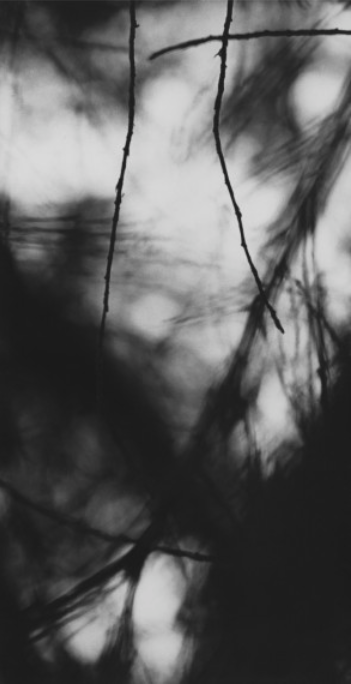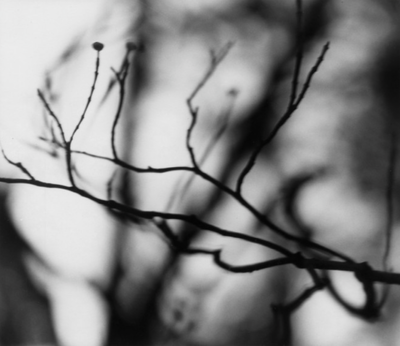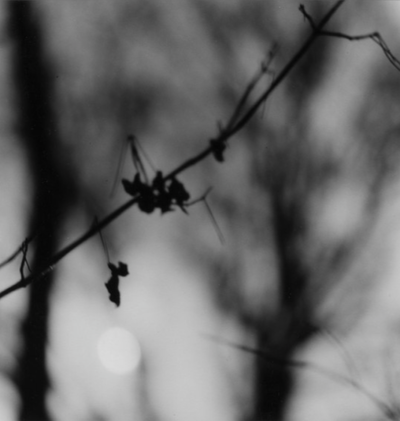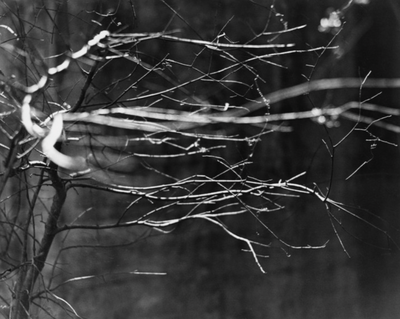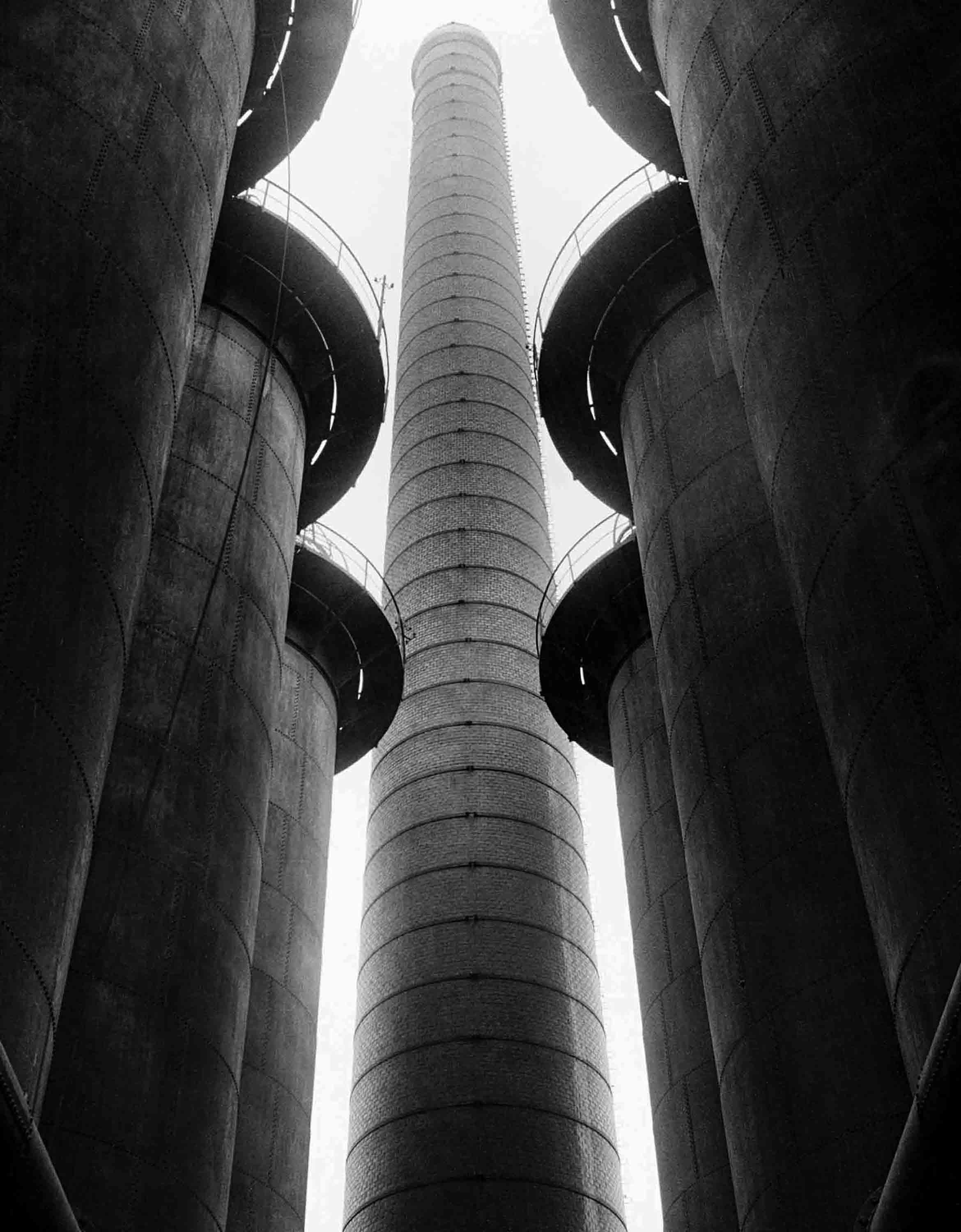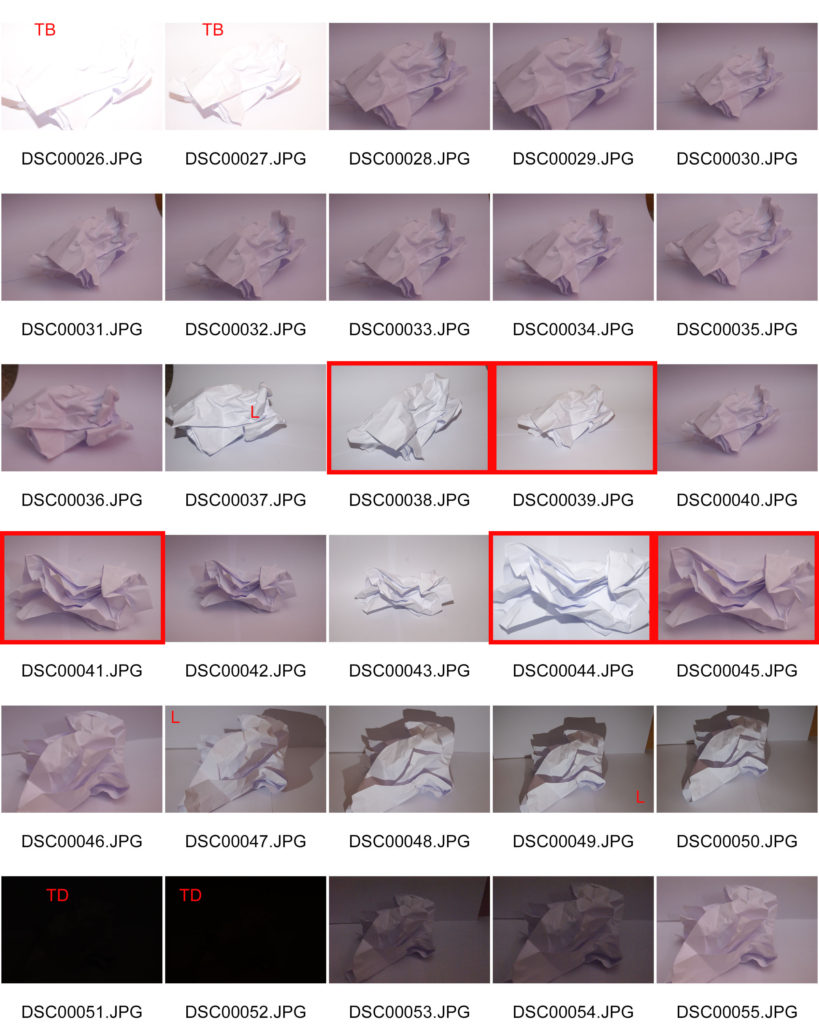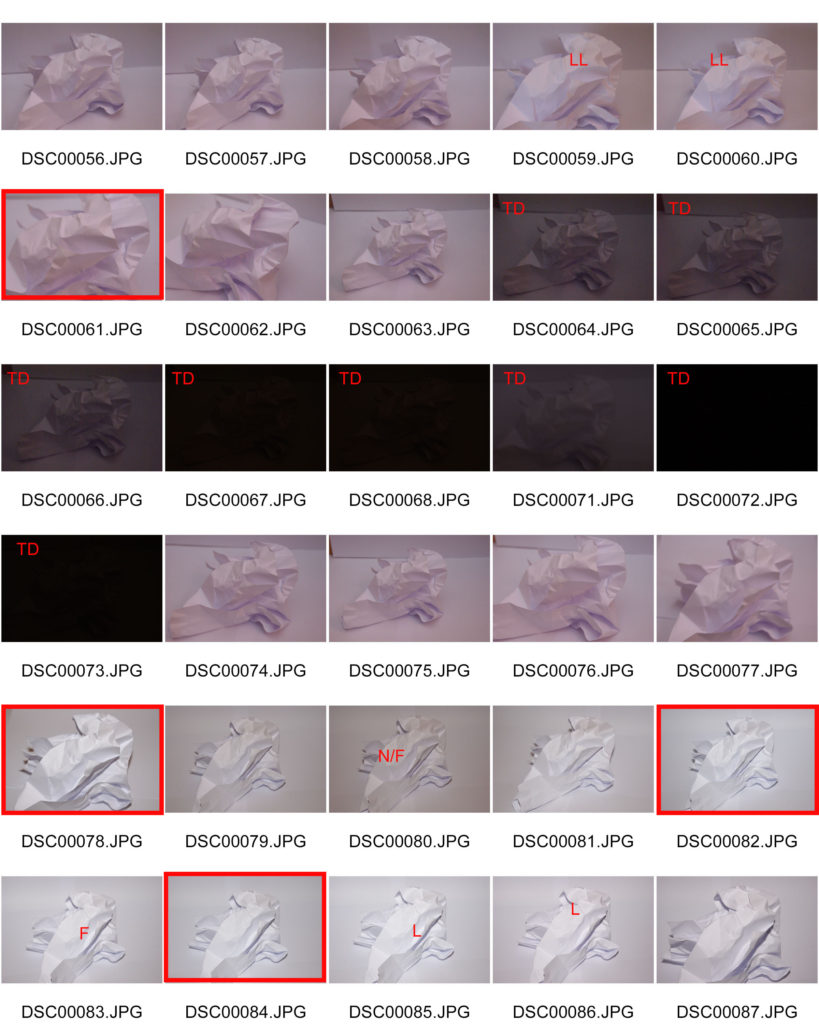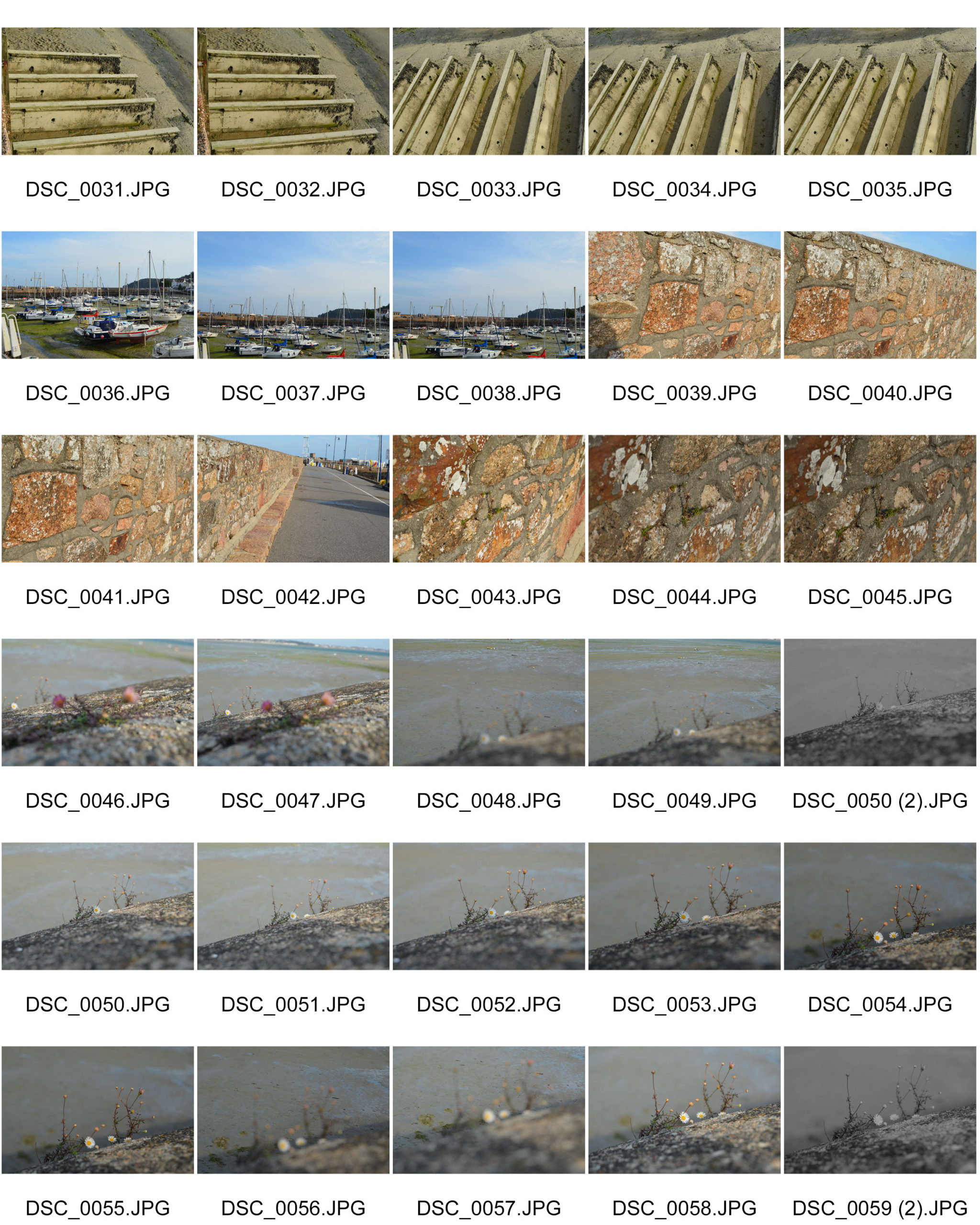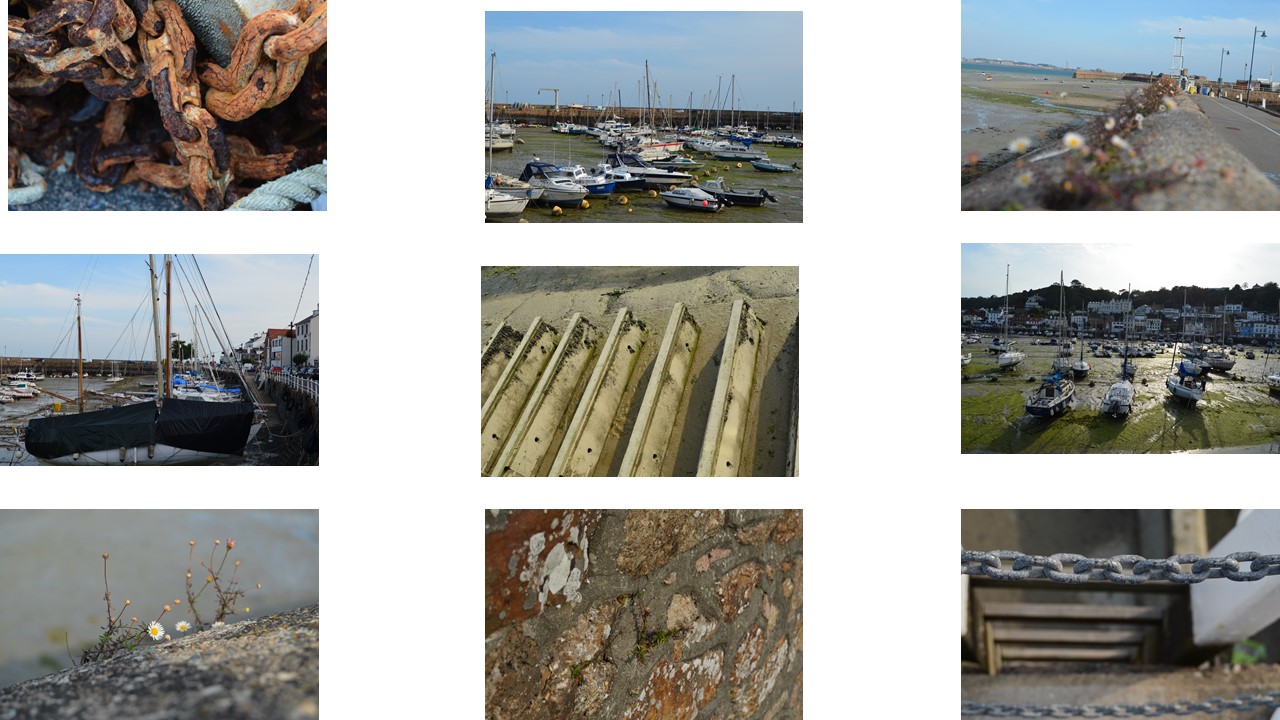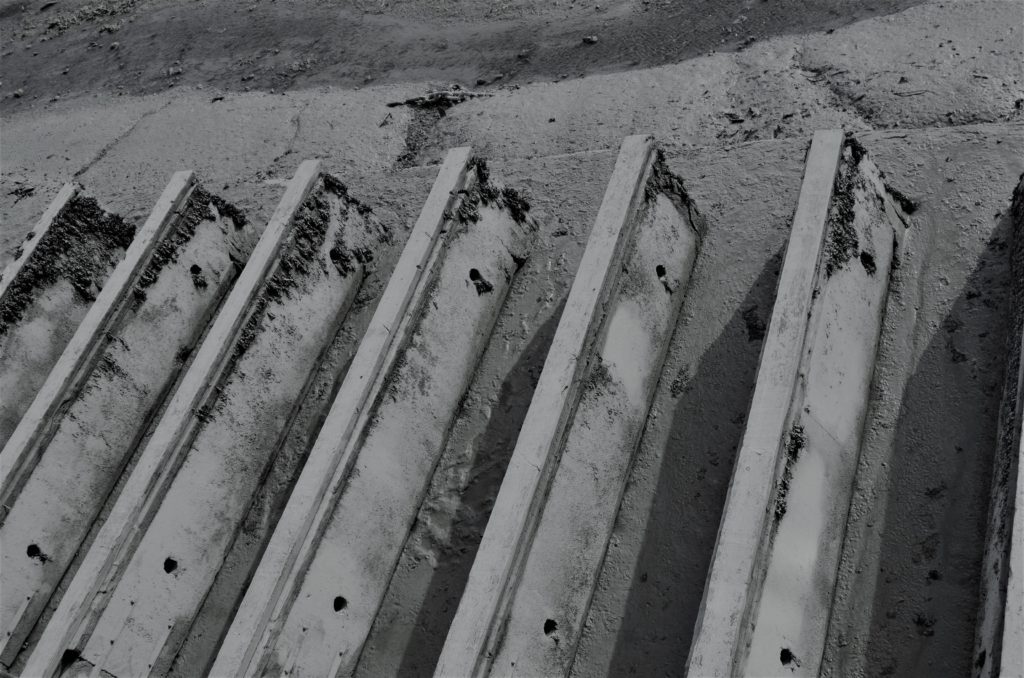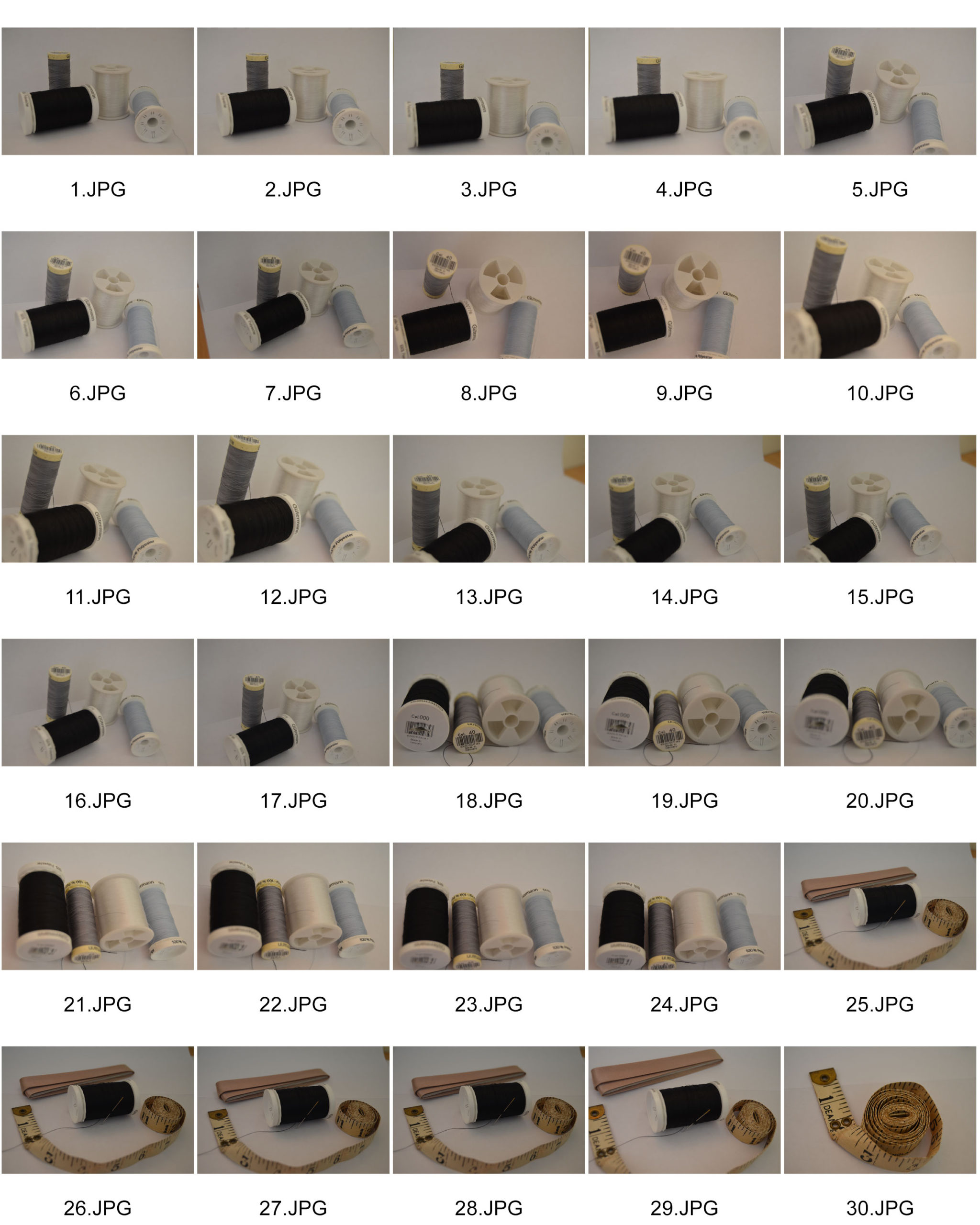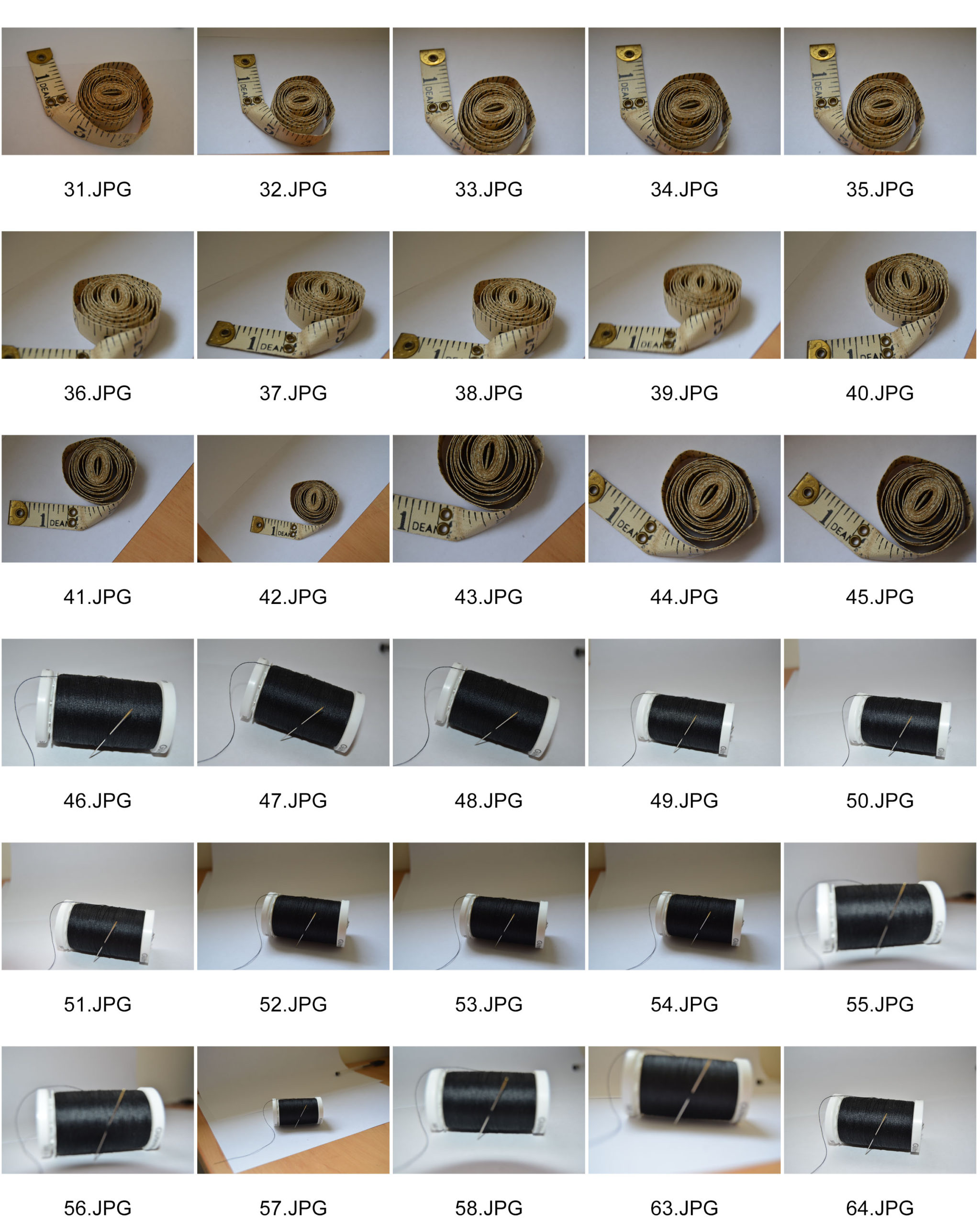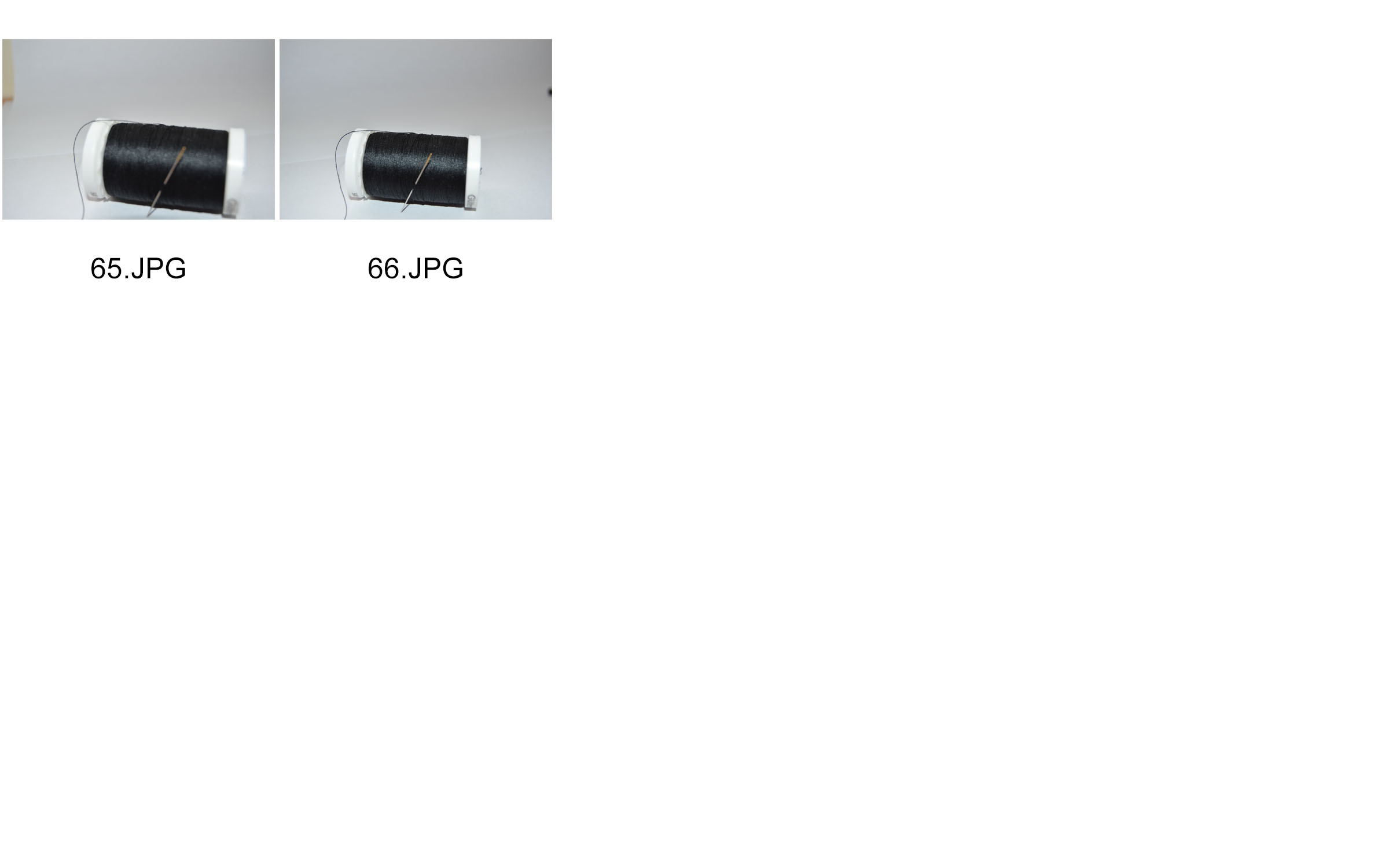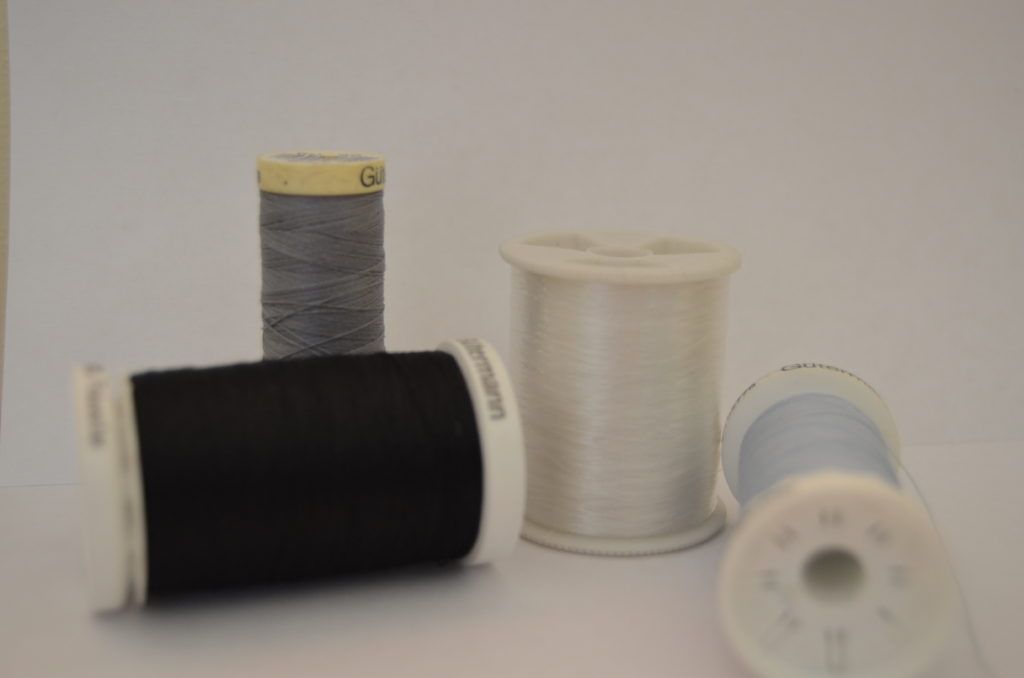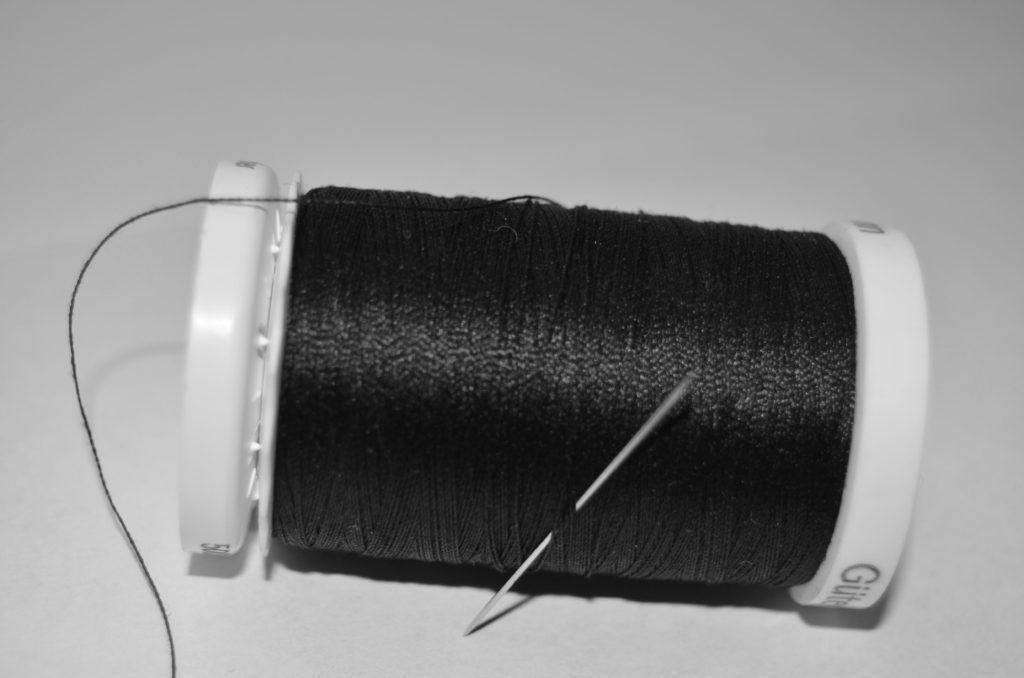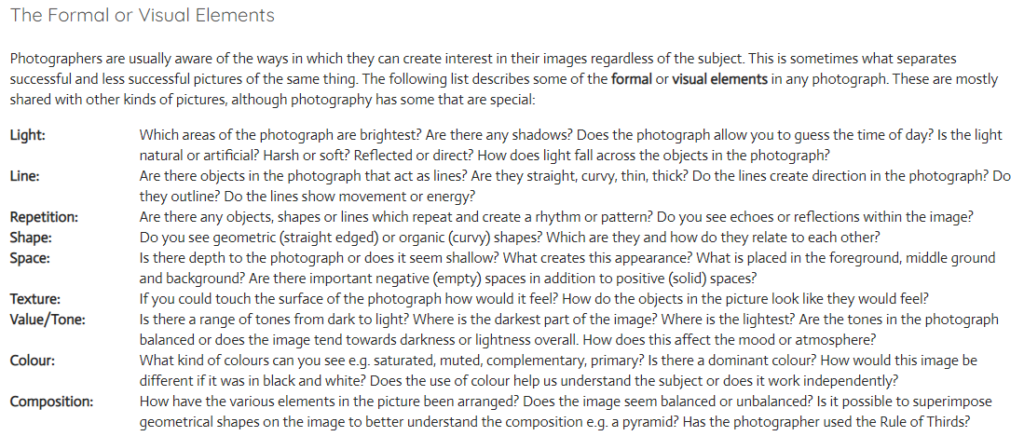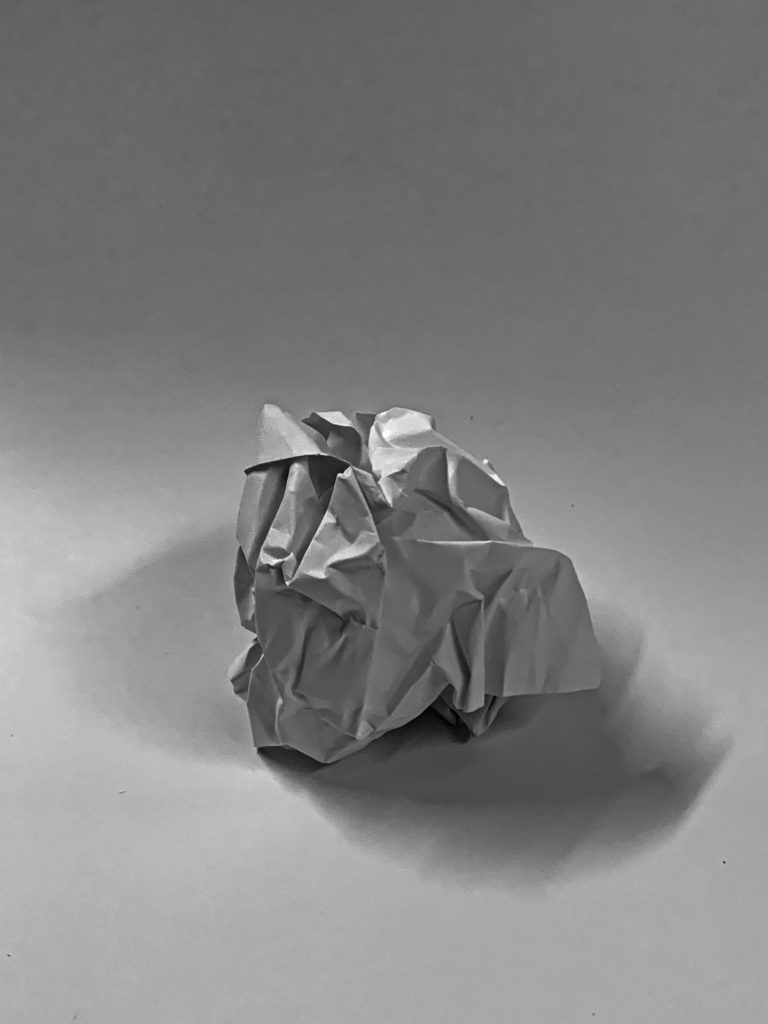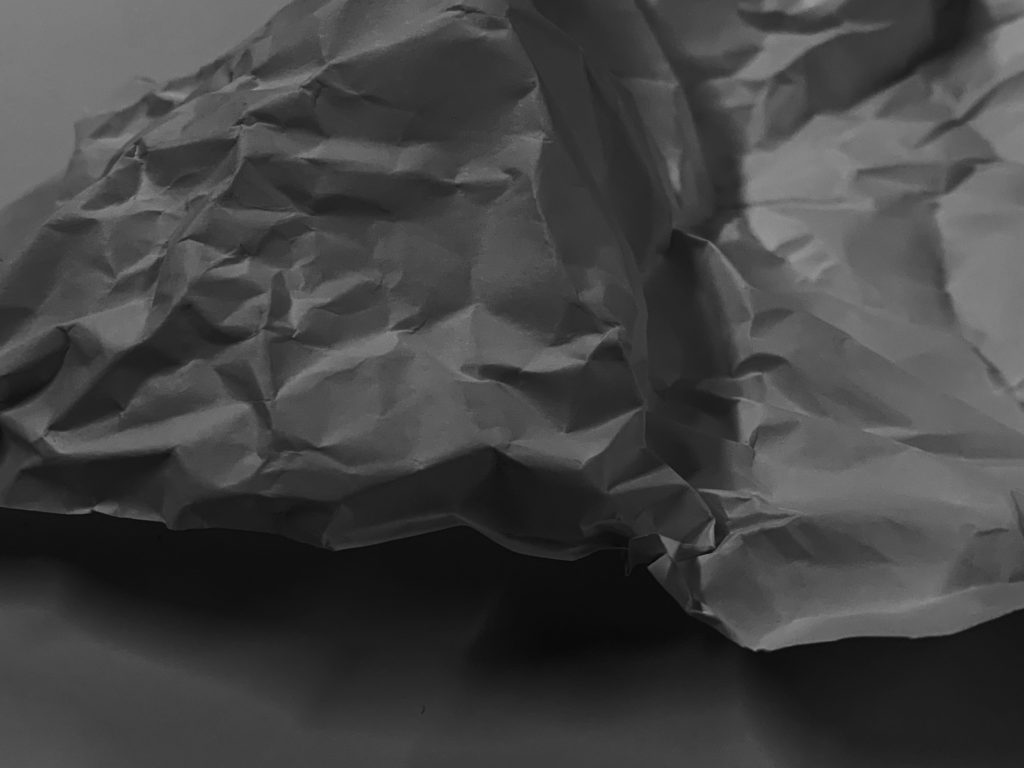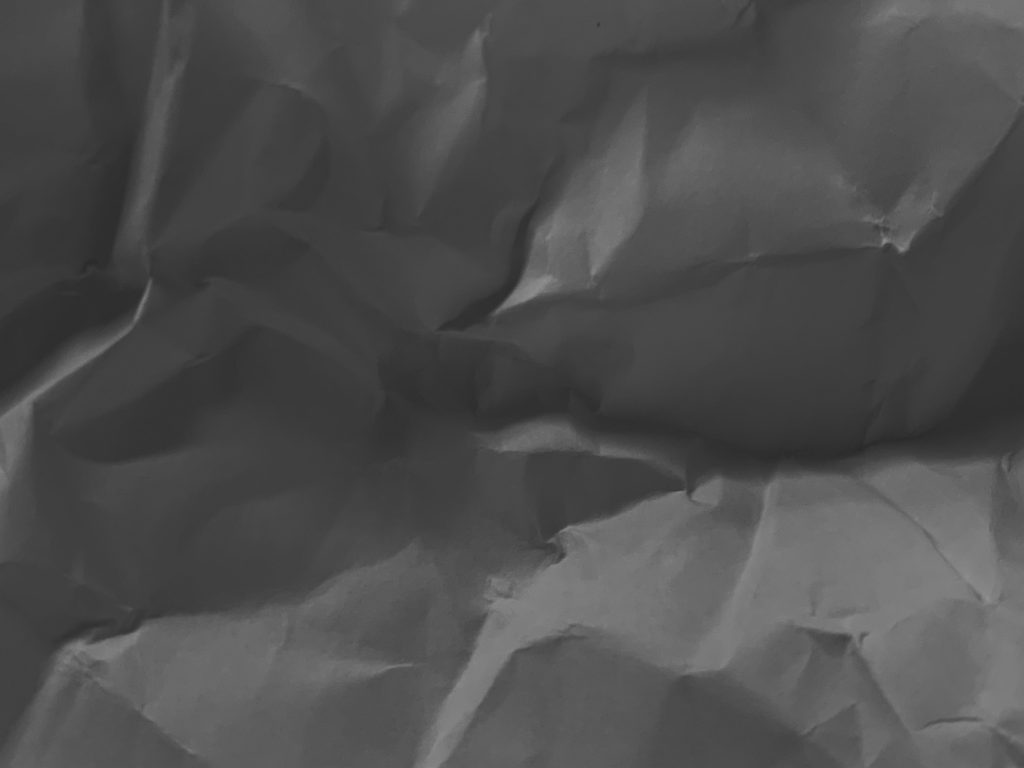Albert Renger-Patszch

Albert Renger-Patszch was a German photographer born in 1897 and later died in 1966. Renger-Patszch began his photography career at the early age of twelve, and got his first job in photography in the early 1920’s for the Chicago Tribune. He opened his first photography exhibition 1927 and produced his second book, “The World is Beautiful”, in 1928. This book focused on the aspect of New Objectivity, a German movement as a reaction against expressionism. “The World is Beautiful” displays one hundred of Renger-Patszch’s best photographs which focus on natural forms, industrial subjects and mass-produced objects. Like Edward Weston, in the United States, Renger-Patszch believed that the value of photography was in its ability to reproduce the texture of reality, and to represent the essence of an object.
Albert Renger-Petzsch’s iconic black and white work could be compared to the work of Ansel Adams, who’s career in photography was also relevant at the time of Renger-Petzsch’s work. The main similarity they share is the uniformed, black an white theme, which allows the viewer to focus on the shape, pattern and lighting rather than the colours.
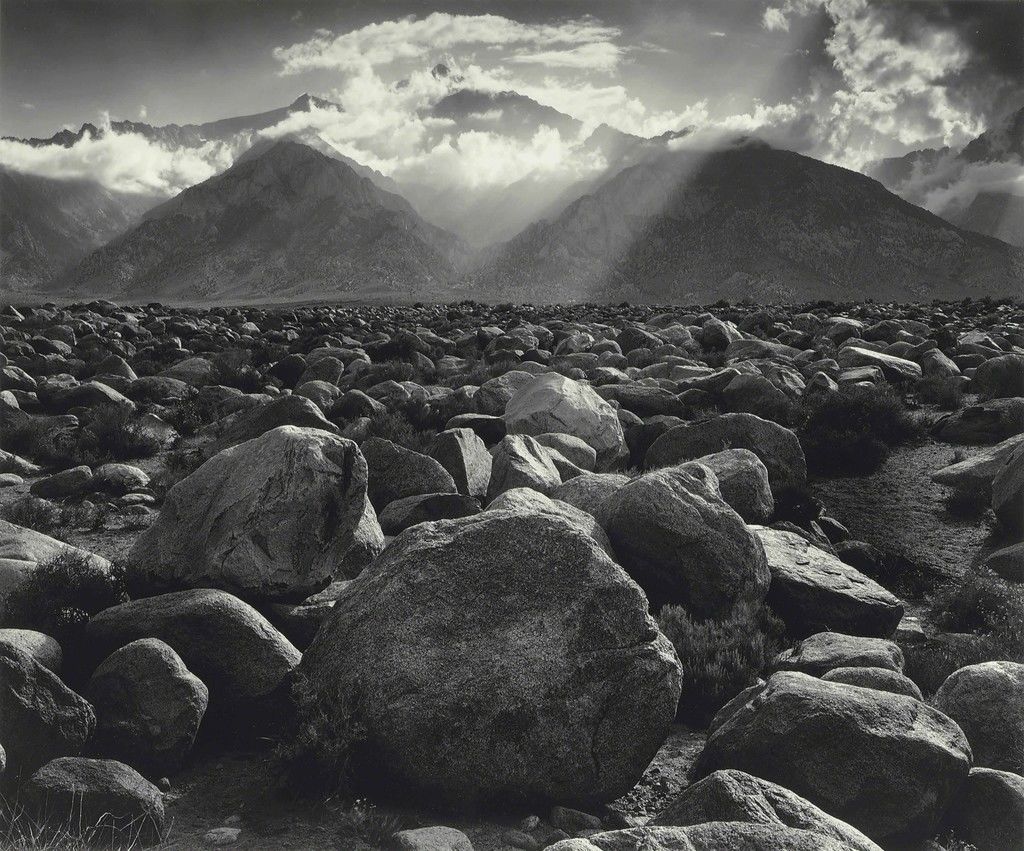
Photo Analysis

Contextual:
This image, named “Fungi Lepiota Procera” was featured in Albert Renger-Patszch’s famous book: “The World is Beautiful”. It is a photograph from his botanical study is of the underside of a mushroom found in woods and pastures within the northern hemisphere.
Conceptual:
“Fungi Lepiota Procera” was taken as a part of Albert’s famous publication in 1928 which contained 100 of his best images that focused on the New Objectivity movement. The purpose of this publication as a whole was to disregard old-fashioned expressionism and to explore the universality of both natural and man made life throughout the world. Essentially, the Renger-Patszch’s idea was to capture the mundane everyday objects and bring their beauty to light by cropping sections of the image and adding a sleek monochrome tone.
Technical:
I believe artificial lighting was used for this image as the photo is of high quality and bold shadows are created. The harsh lighting creates a clear contrast between light and dark within the lines which is exaggerated by the monochromatic effect. the lighting is coming from straight ahead as the shadows aren’t cast in a particular direction and they are all rather even around the surface. The photo is quite flat as there is no background to compare depth against the focal point, and the whole image is in focus, so it is hard to tell if there is a narrow or large depth of field.
Visual :
A pattern of repetition is the main focus of this image, with the repeating lines pointing towards the centre of the mushroom to create a focal point, that being the stalk of the mushroom. the focal point is in the centre third of the image and the other two thirds are taken up by the fine lines leading from the stalk. There is no colour in this photo which accentuates the intense shadows in between the contrasting, white lines
“The World is Beautiful” inspired photoshoot:
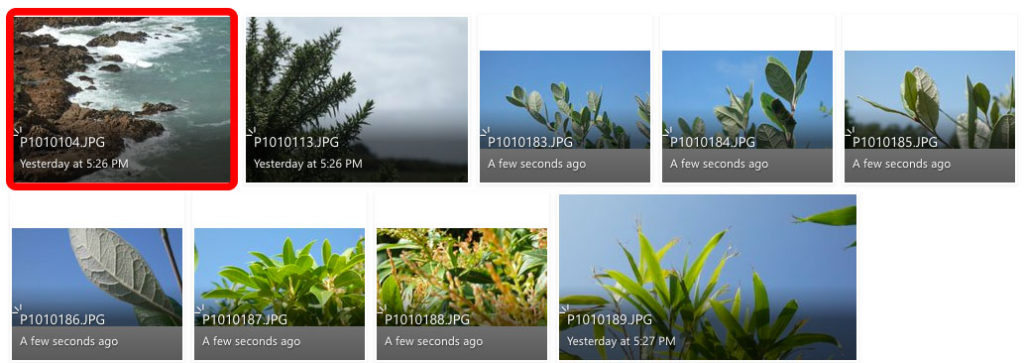


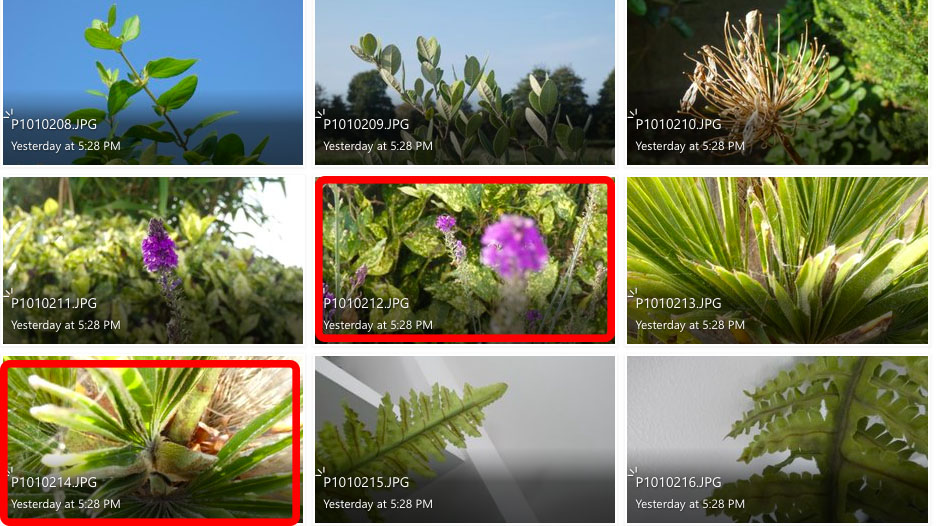


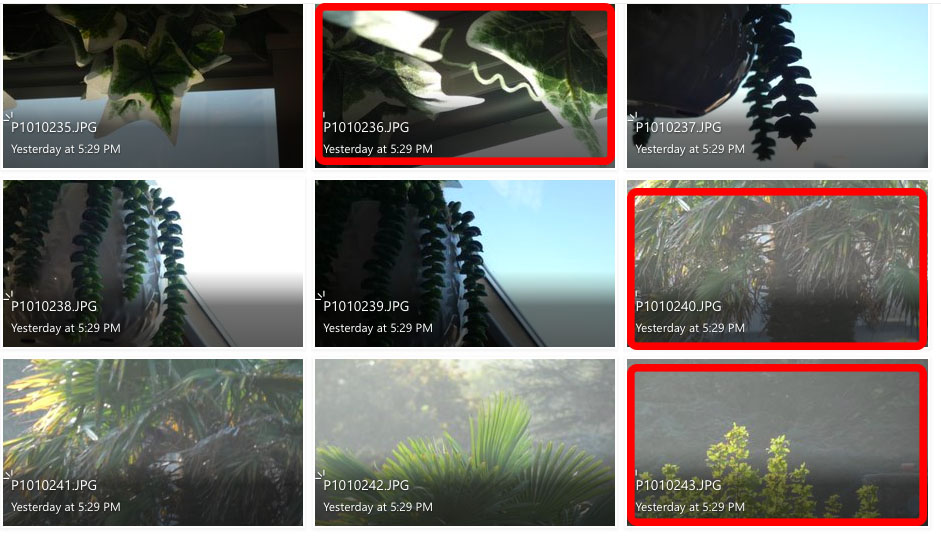
I feel like the images in green are my more successful photos as they display better patterns of line and repetition, like the ones seen in Albert Renger-Patszch’s work.
I don’t feel like the images highlighted in red are as successful as my other images because they don’t show repetition or patterns of lines like the work of Renger-Patszch, and for a couple of the images the lighting is too over-exposed. I think these images are less relevant to the subject of “New Objectivity”.
Photoshop Development:

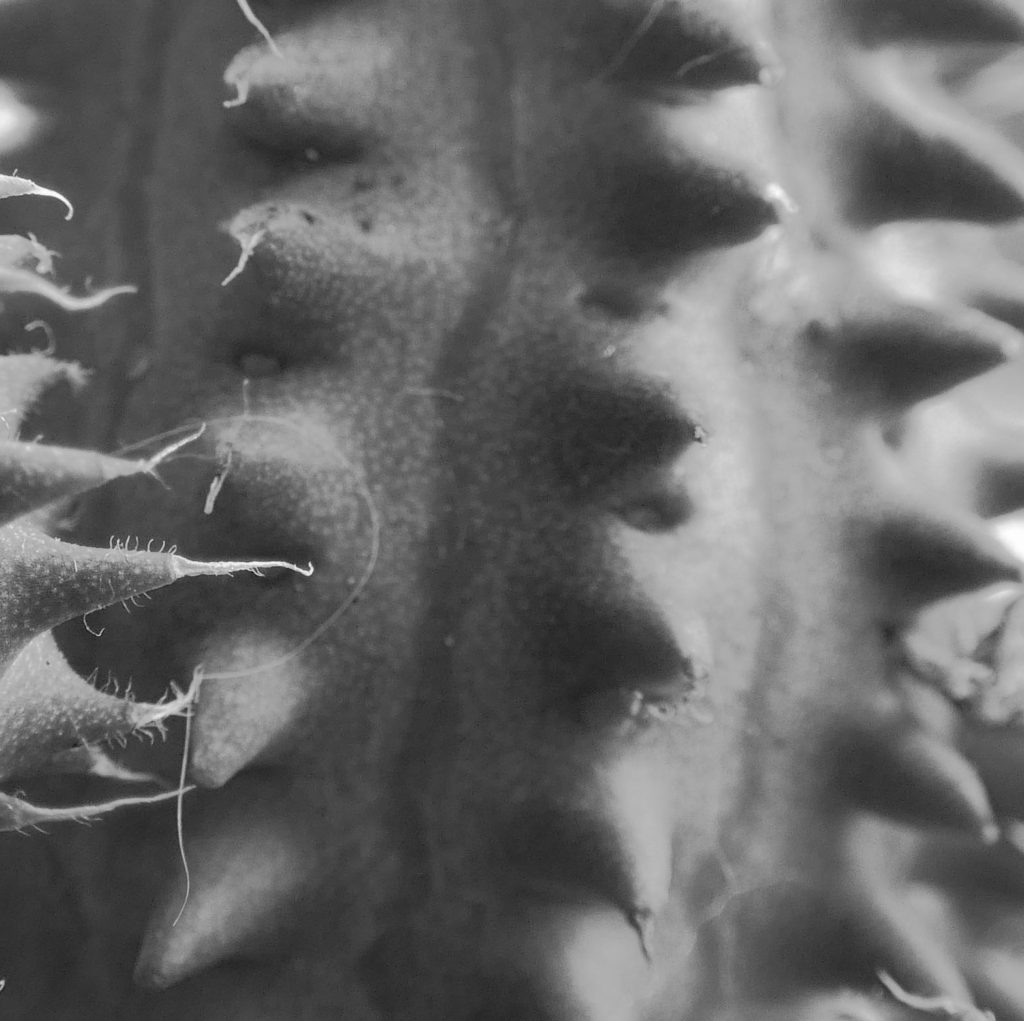
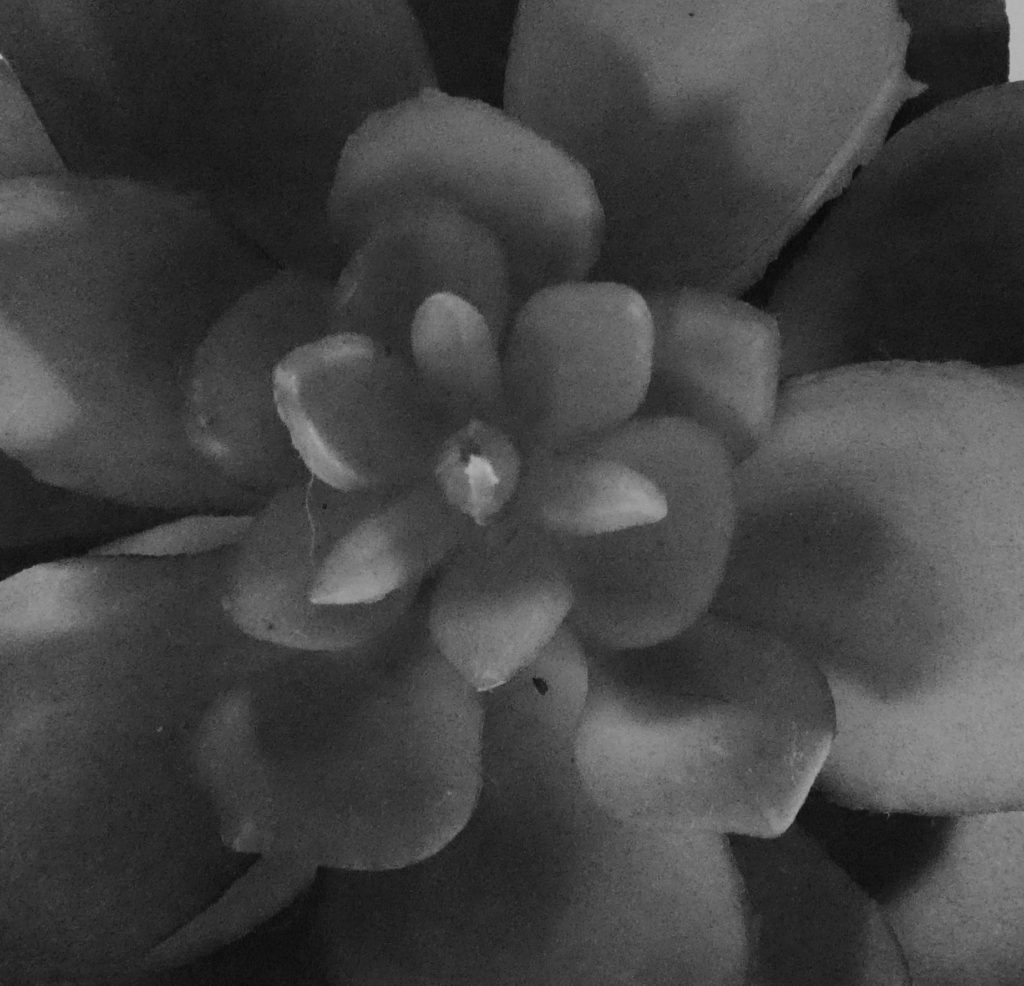
For the first edit, I took a close-up photo of a hydrangea and cropped a section that I felt was the most interesting, with a repetition of curved lines. I used the invert tool to change the shadows and highlights and then changed the image to fit the monochromatic theme of Renger-Patzsch’s work.
For the second and third edits, I cropped what I felt like was the focal point of two succulents and used the monochrome filter to fit Renger-Patzsch’s black and white theme. These two photos are more relevant to the theme of New Objectivity as they display clearer patterns, texture and repetition.
I used natural lighting in these photos to prove the true, natural beauty of the subjects in their natural form. I chose to focus on Renger-Patzsch’s photographs on natural forms, as I felt the patterns and repetitions produced by nature are more interesting to the viewer as they are not man-made, therefore there is less explanation to the way they look which, in my opinion, makes them more beautiful.






